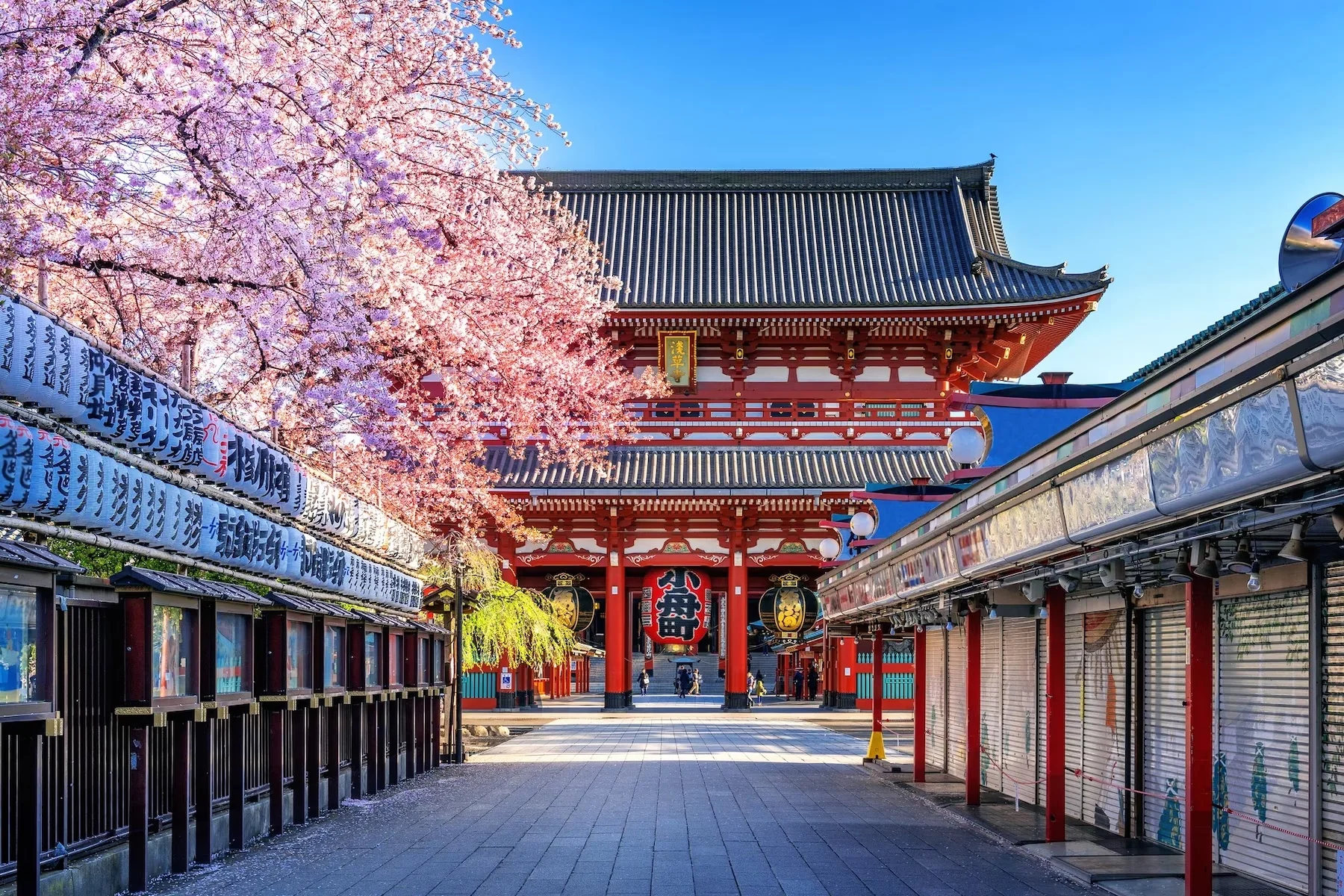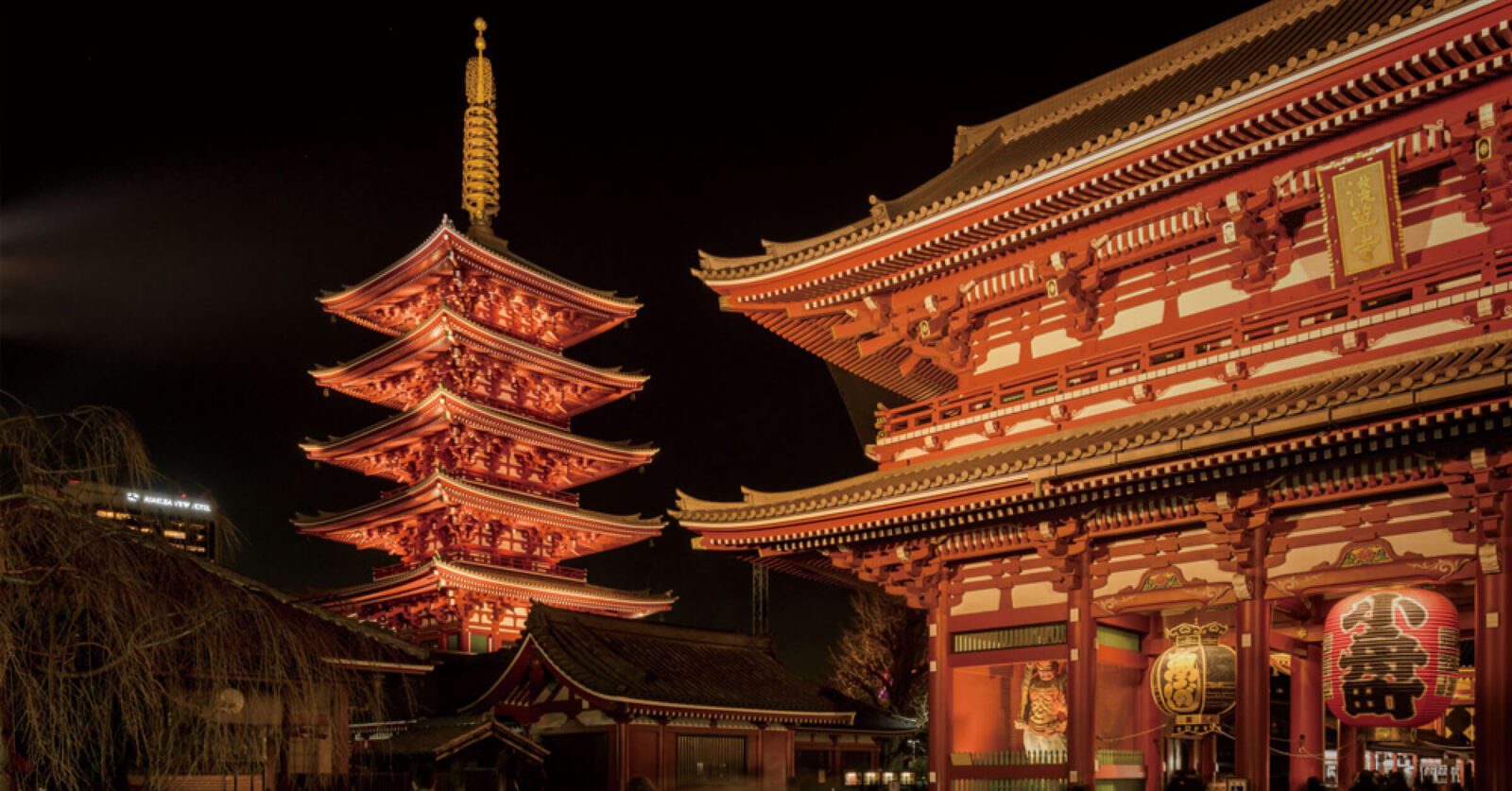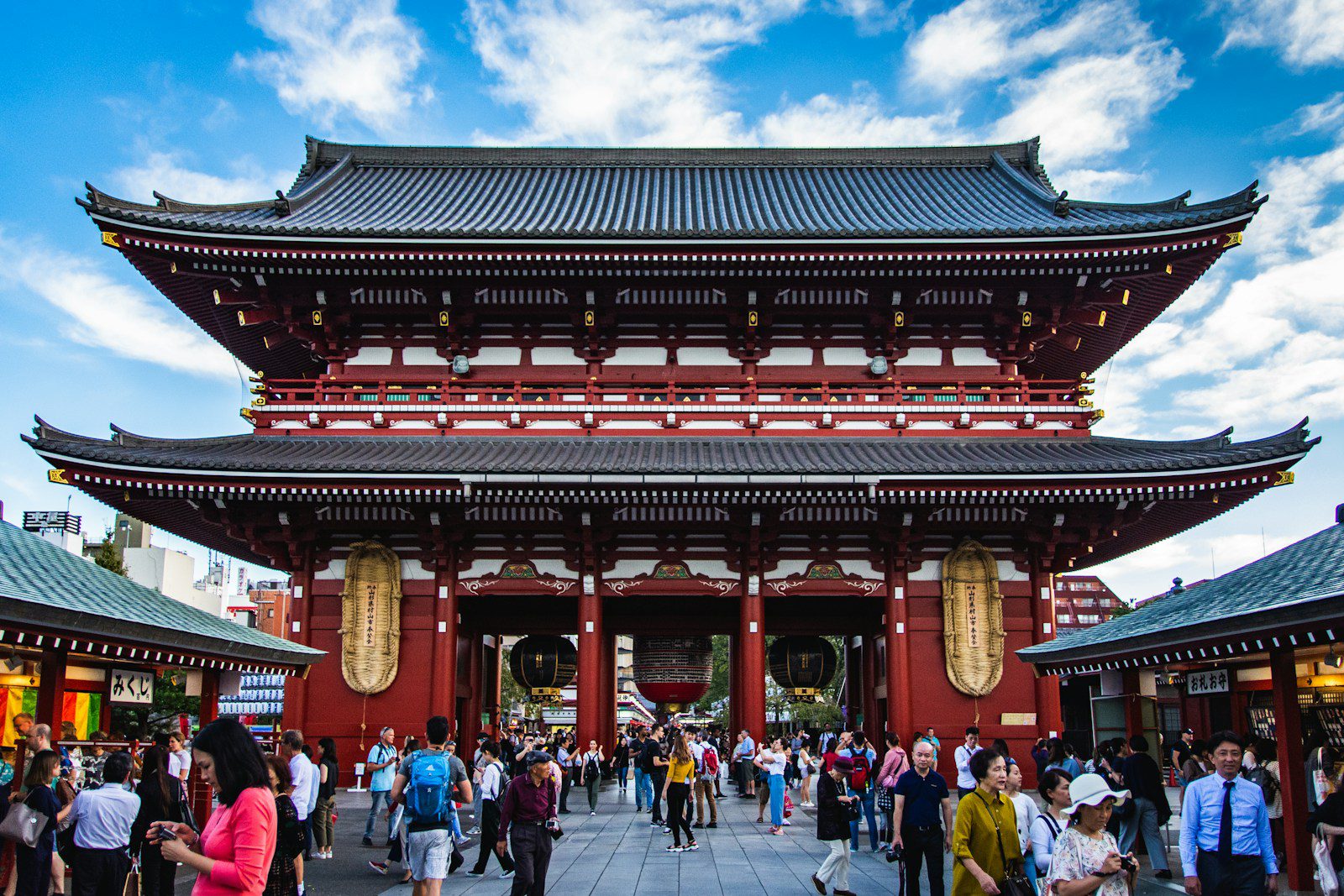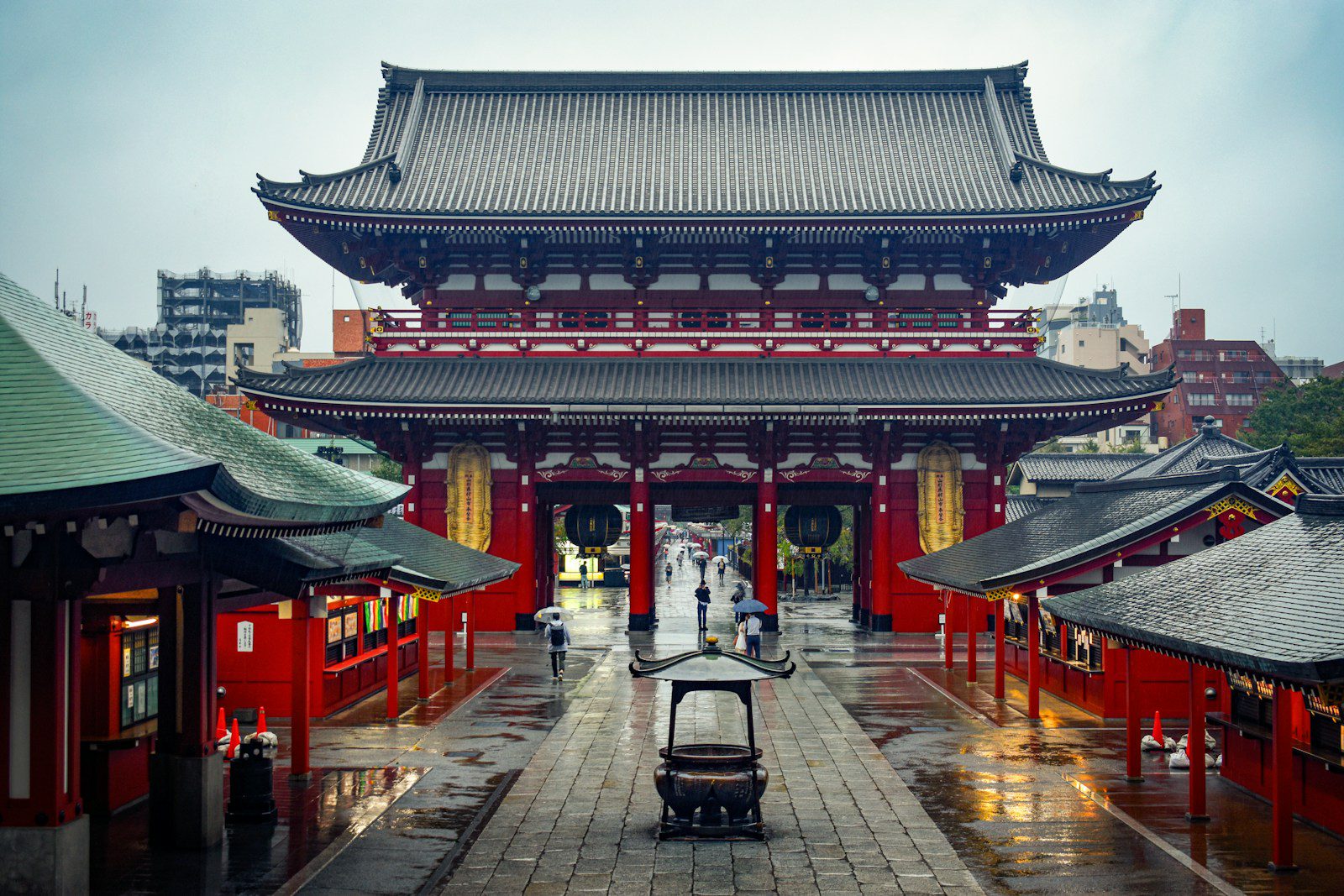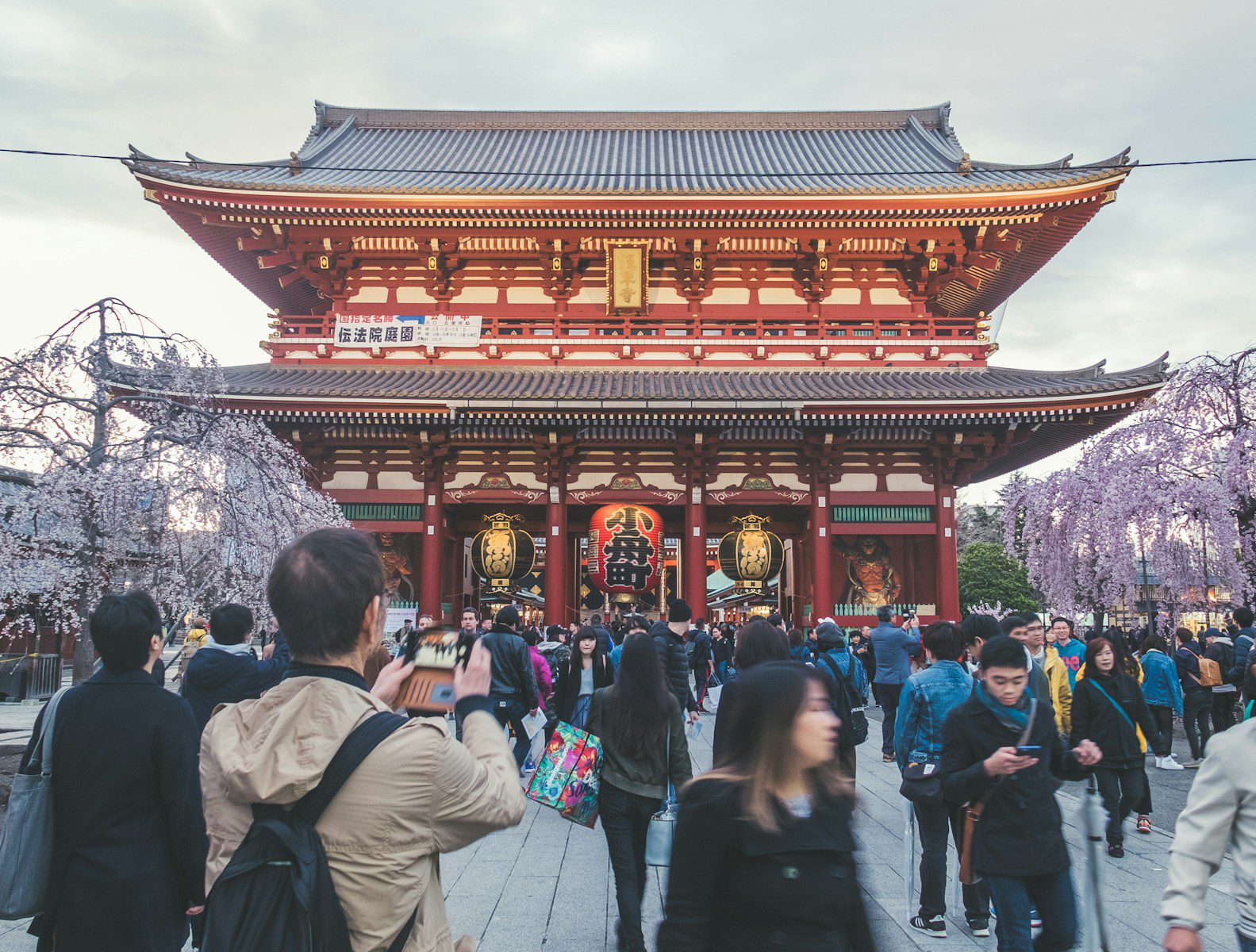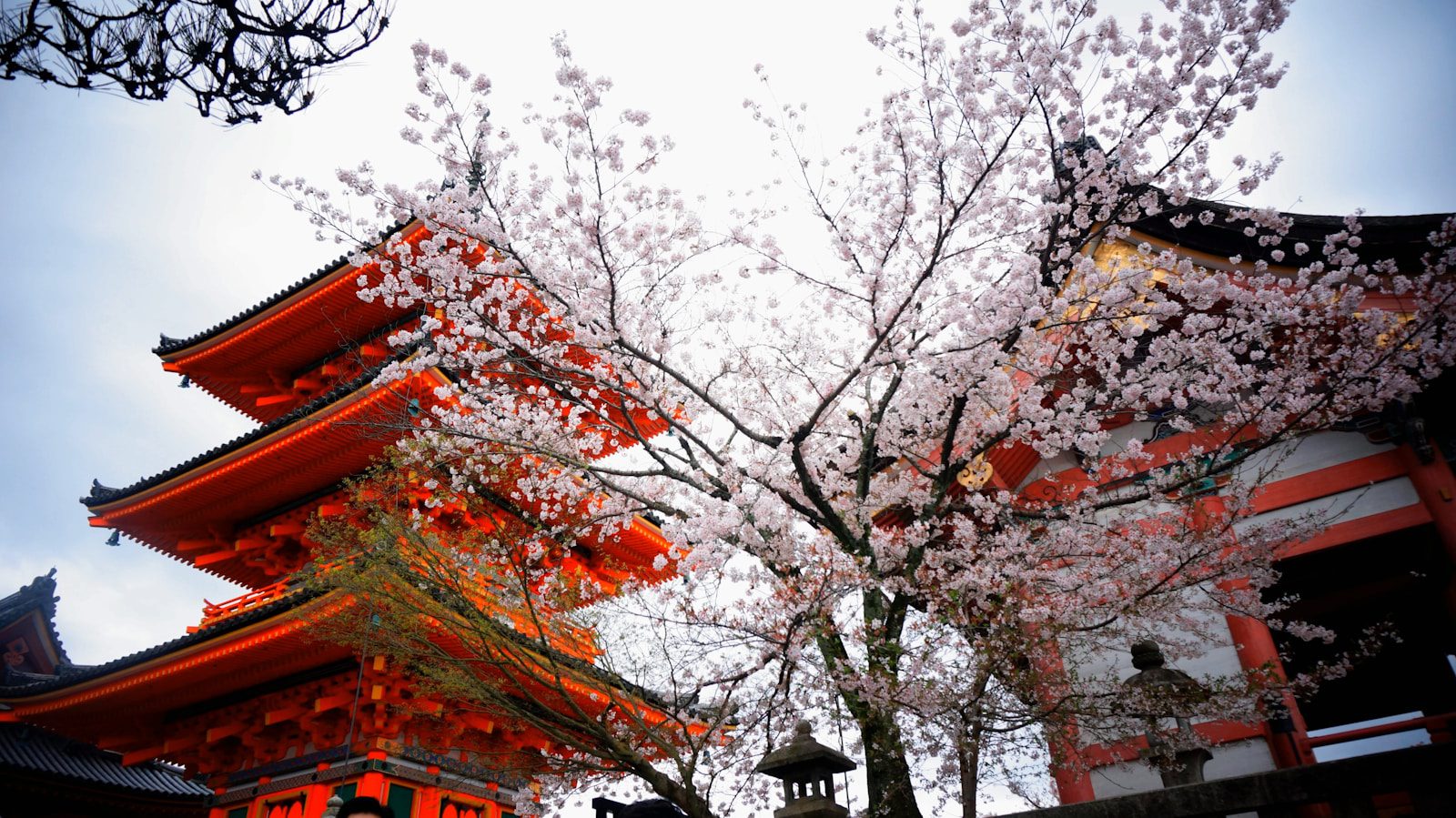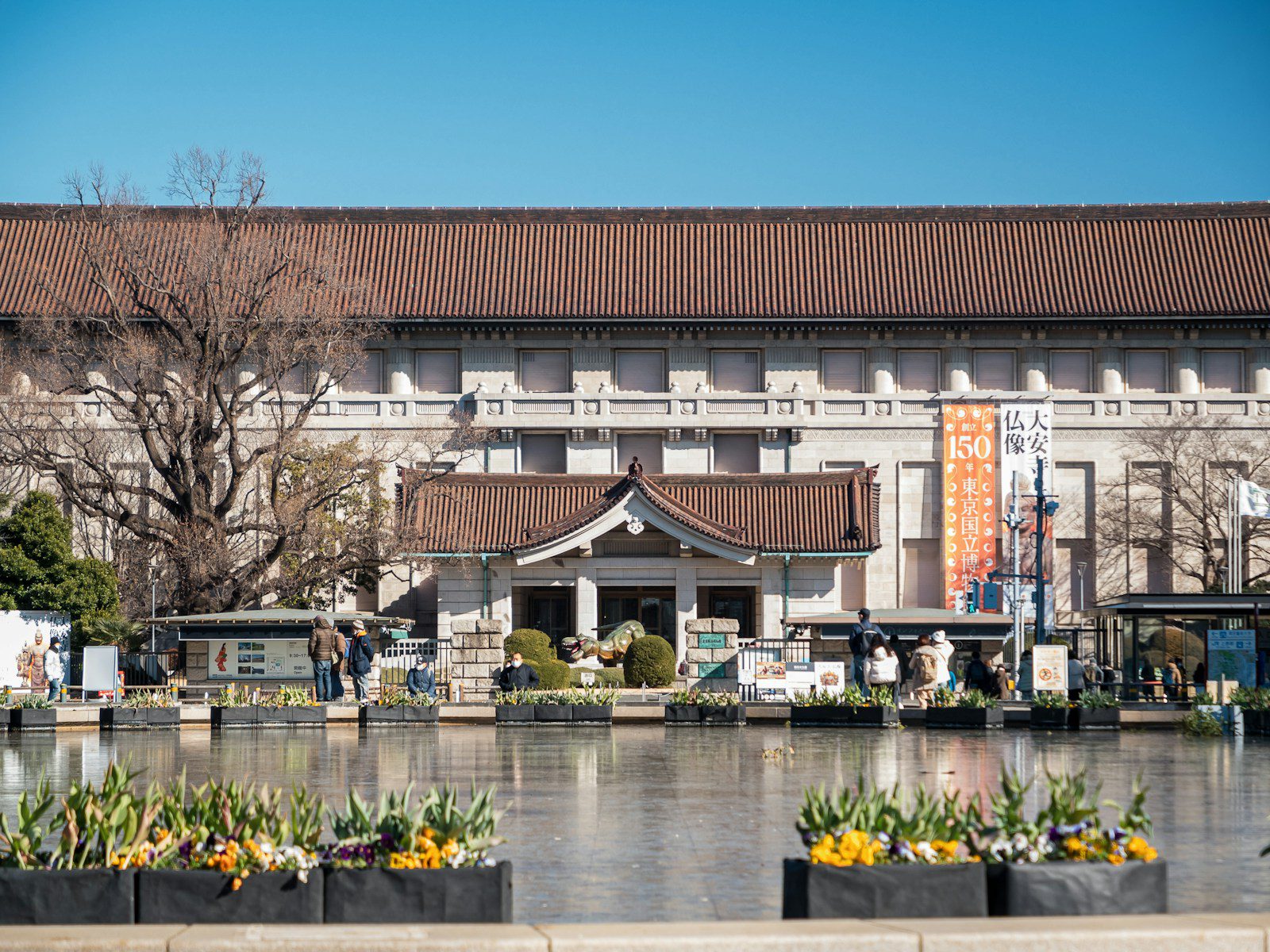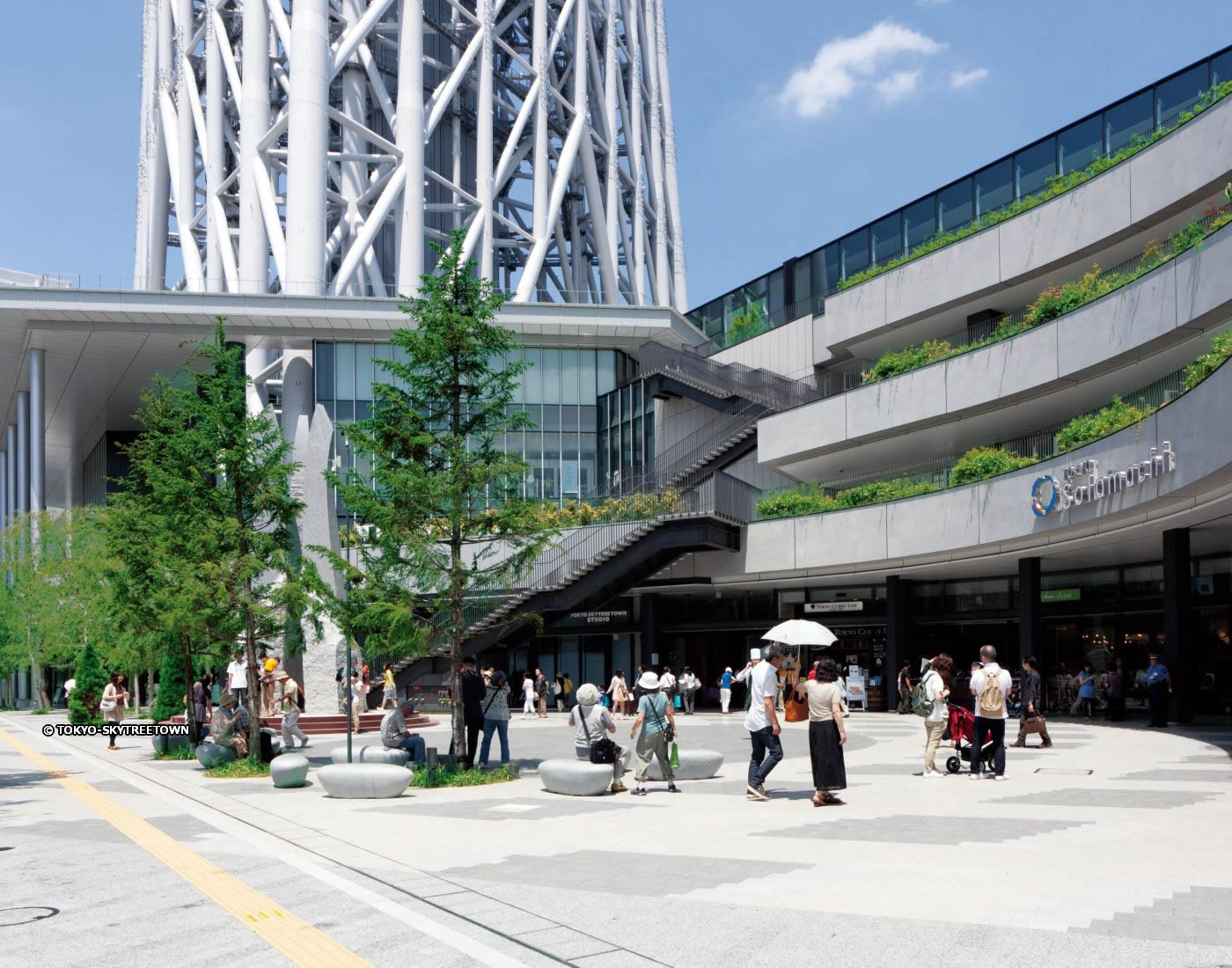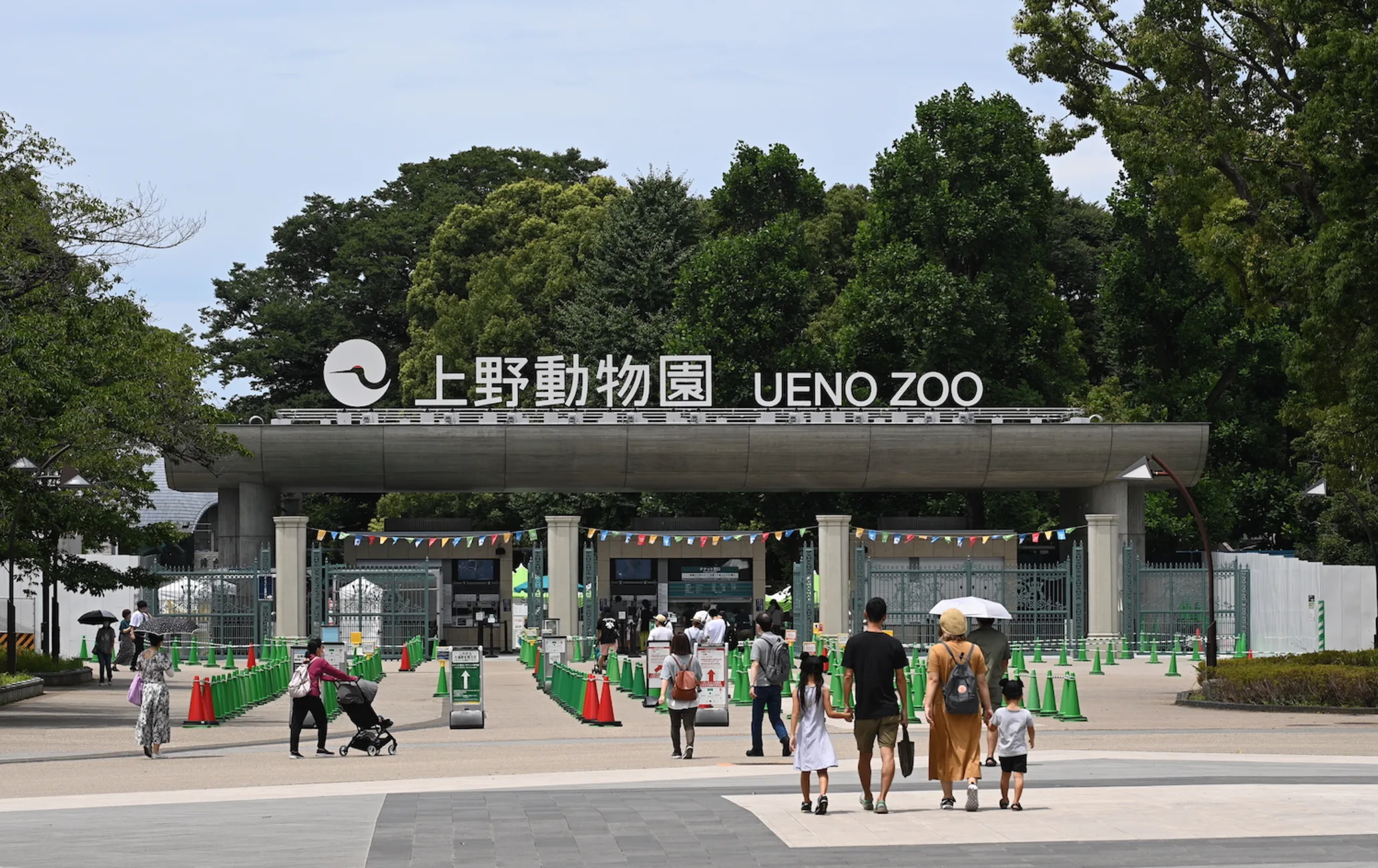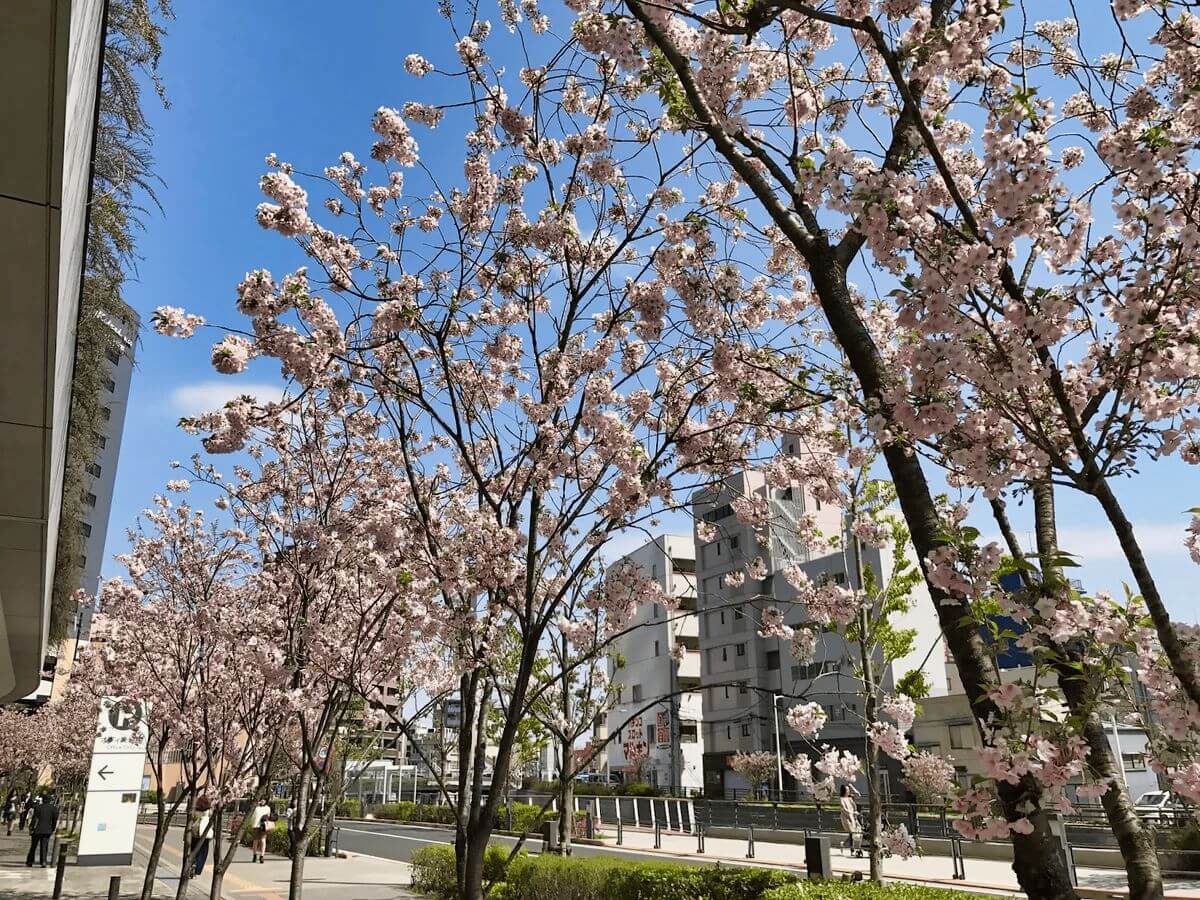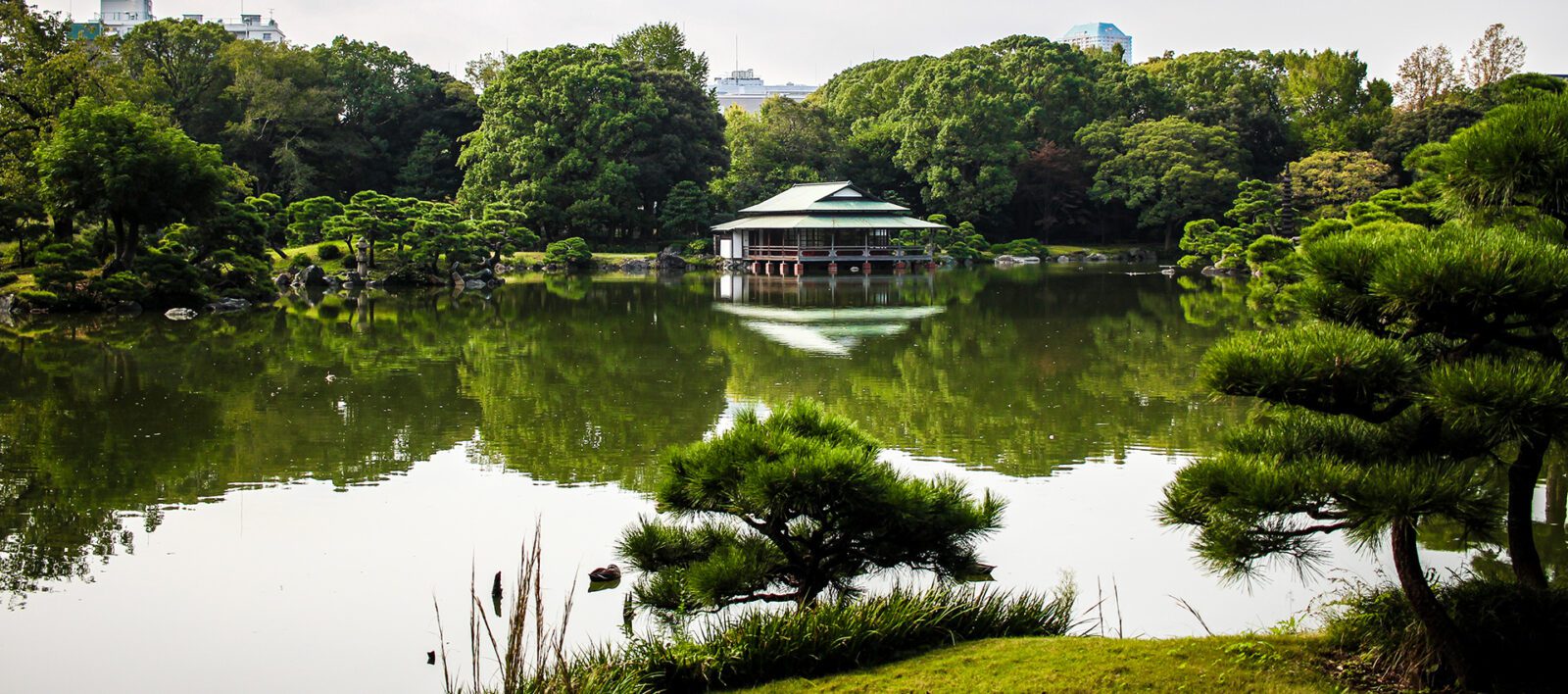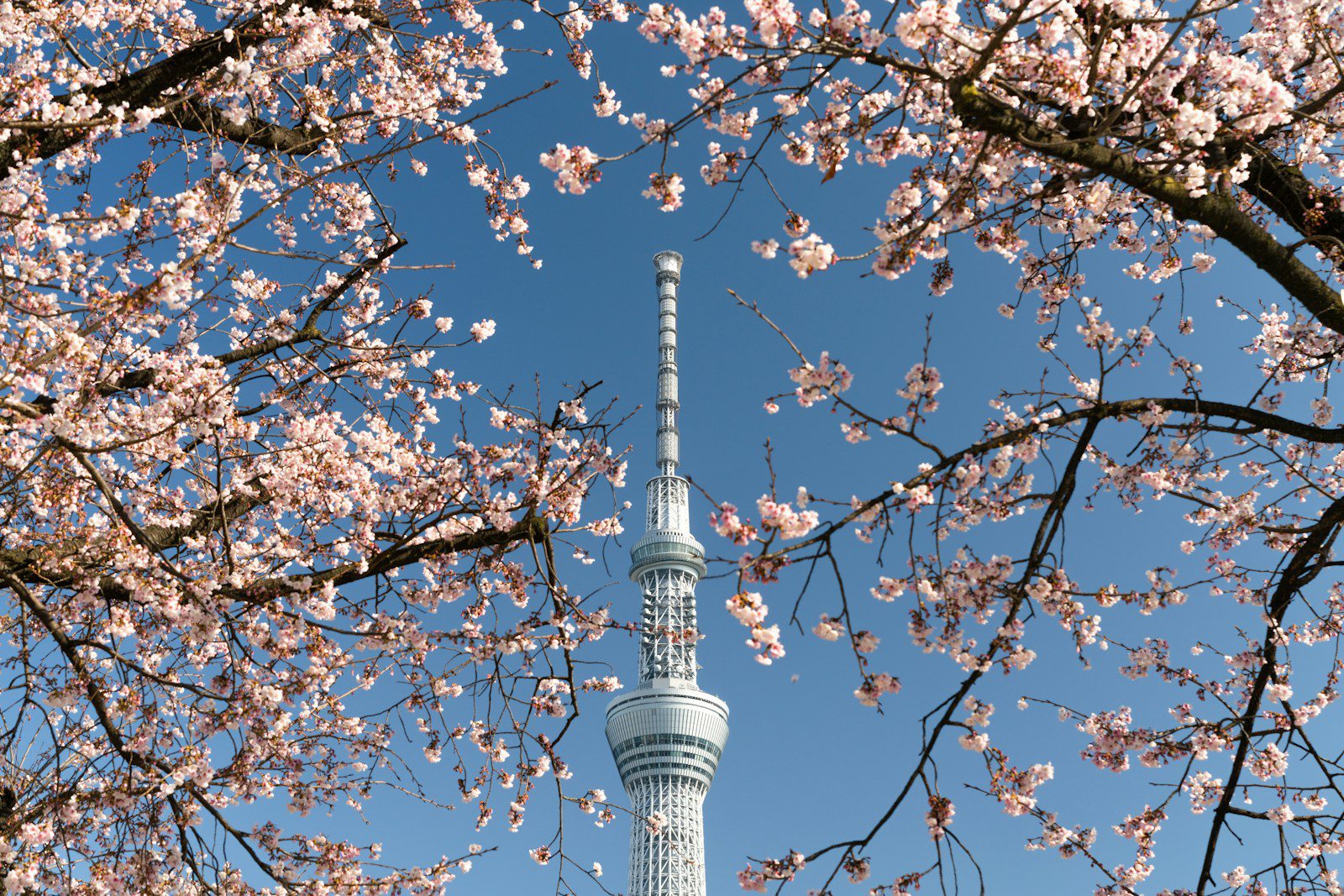Sensō-ji
Tokyo's oldest temple, completed in 645, was built to honor Kannon, the goddess of mercy. It is a historic temple dedicated to her.
Overview
Sensō-ji is a historic temple located in the Asakusa district of Tokyo. As the city’s oldest temple, completed in 645, it is dedicated to Kannon, the goddess of mercy, and provides a connection to Japan’s past.
The temple is accessed through the Kaminarimon Gate, which features a large red lantern. Visitors then walk along Nakamise-dori, a busy shopping street that leads to the temple grounds. The temple’s architecture, including the five-story pagoda and main hall, showcases craftsmanship from centuries past.
Sensō-ji is a place where people can pray, enjoy the surroundings, and experience the history and spirituality of Tokyo. The temple is a significant part of the city’s heritage, representing its enduring character.
Sensō-ji: Tokyo’s Ancient Gateway to Spiritual Heritage – At the heart of bustling Asakusa lies Sensō-ji, Tokyo’s oldest temple and a living monument to Japan’s rich spiritual heritage.
With an impressive 4.5-star rating from over 81,000 visitors, this Buddhist sanctuary dedicated to Kannon, the goddess of mercy, offers a glimpse into Japan’s soul that dates back to 645 CE.
Sensō-ji Temple Steeped in History
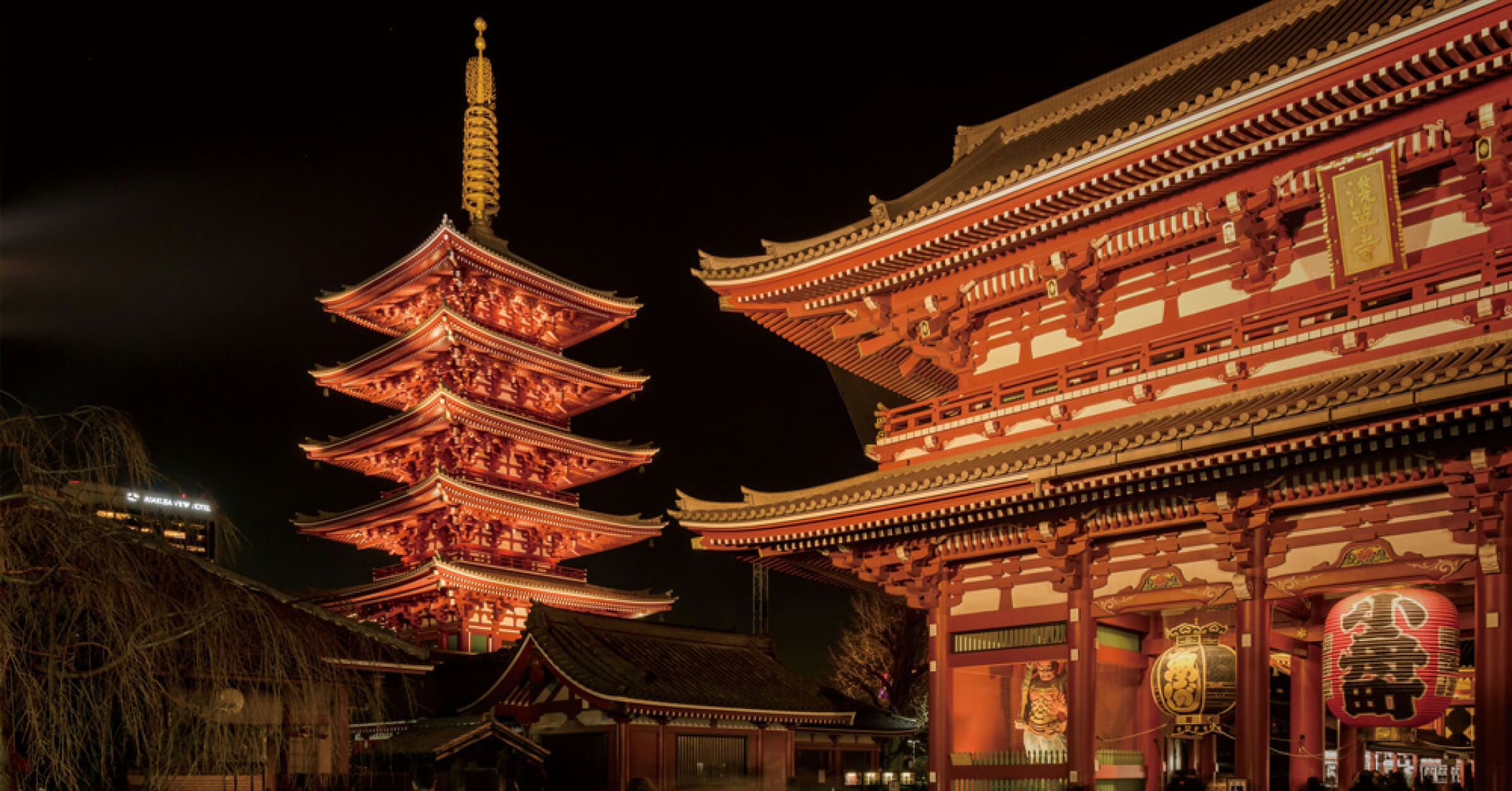
Sensō-ji stands as a testament to Tokyo’s enduring spiritual traditions. Completed in 645 CE, it precedes the modern city itself, serving as a constant through centuries of change.
The temple’s ancient structures have witnessed the transformation of a fishing village into one of the world’s most dynamic metropolises.
When you visit Sensō-ji, you’re walking the same grounds that have welcomed worshippers for nearly 1,400 years. This connection to the past creates an atmosphere that many visitors describe as deeply moving, regardless of their personal faith or background.
The Journey Through Sensō-ji Temple
Your path through Sensō-ji follows a traditional route that has welcomed pilgrims for centuries.
The intentional layout guides visitors through a series of spaces that gradually increase in spiritual significance.
This physical journey mirrors the spiritual one—moving from the busy outside world toward the sacred heart of the temple complex.
As you walk this path, you’ll notice how each section has its own distinct character while contributing to the complete Sensō-ji experience.
Kaminarimon: The Thunder Gate
Your experience at Sensō-ji begins at the iconic Kaminarimon (Thunder Gate), marked by its massive red lantern. This entrance serves as a boundary between the secular world and the sacred grounds ahead.
As you pass through, take a moment to appreciate the detailed craftsmanship of the gate, which has become an iconic symbol of Tokyo itself.
Nakamise Shopping Street
After passing through Kaminarimon, you’ll find yourself on Nakamise Shopping Street, a 250-meter stretch lined with vendors selling traditional snacks, crafts, and souvenirs.
This lively marketplace has been part of the temple experience for centuries, offering everything from folding fans to freshly made senbei rice crackers.
Hōzōmon and the Main Hall
Beyond Nakamise lies Hōzōmon (Treasure House Gate), which leads to the temple’s inner precinct. Here, the five-story pagoda and the main hall housing the sacred statue of Kannon await.
Though the statue itself remains hidden from public view, the spiritual energy of the main hall draws visitors to offer prayers and light incense.
Practical Information for Your Visit
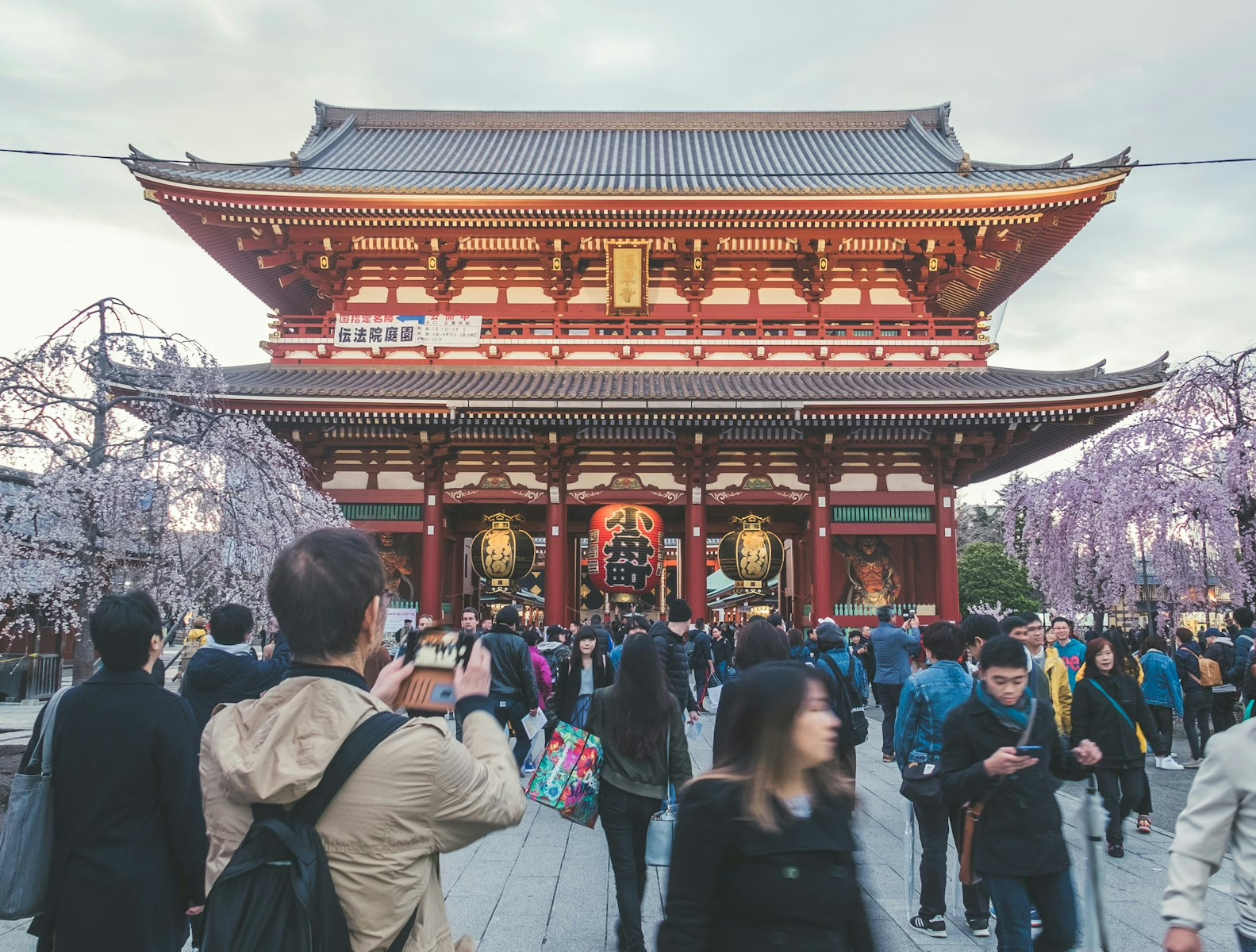
Sensō-ji welcomes visitors 24 hours a day, making it a perfect stop regardless of your schedule.
While the temple grounds are always open, the main buildings close in the evening, so plan accordingly if you wish to enter them.
You’ll find Sensō-ji at 2 Chome-3-1 Asakusa, Taito City, Tokyo.
The temple is easily accessible via the Asakusa Station, served by multiple train and subway lines. If you need assistance, the temple office can be reached at +81 3 3842 0181.
Accessibility and Amenities
We appreciate that Sensō-ji has made efforts to be accessible to all visitors. The temple features wheelchair-accessible entrances and on-site parking options.
These accommodations allow more people to experience this cultural treasure, though it’s worth noting that some areas may still present challenges for those with mobility concerns.
Seasonal Highlights at Sensō-ji
Each season brings a unique character to Sensō-ji, transforming the temple grounds in ways that reward repeat visits.
The changing face of the temple throughout the year connects visitors to Japan’s deep appreciation for seasonal shifts.
Many Tokyo residents make it a point to visit Sensō-ji during different seasons to experience these distinct atmospheres.
The temple’s 24-hour access means you can witness these seasonal changes at various times of day, each offering its own special quality.
Spring Cherry Blossoms
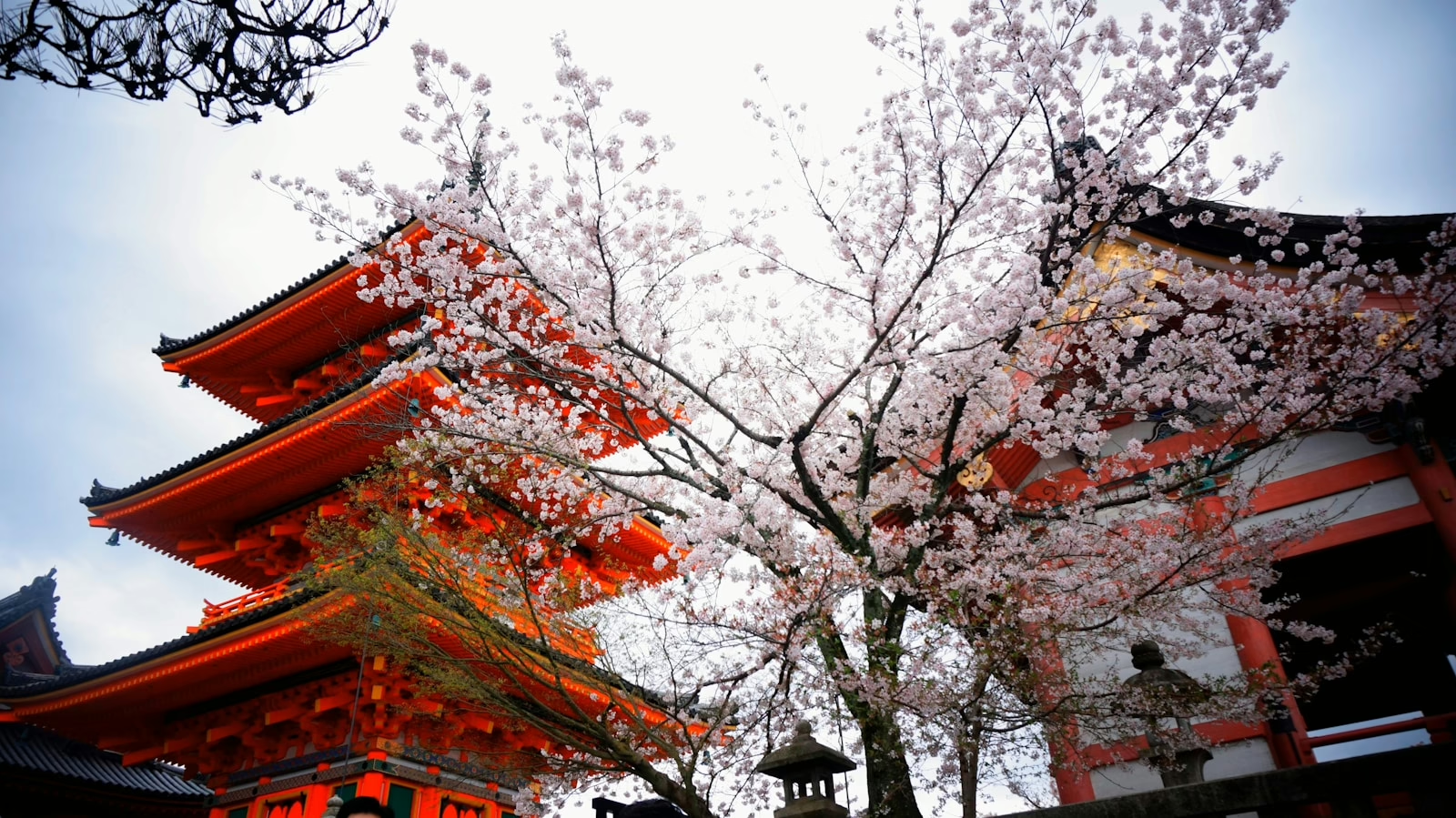
Spring transforms Sensō-ji with delicate pink cherry blossoms, creating a magical atmosphere as petals drift across the ancient grounds.
This seasonal display adds another layer of beauty to your temple visit.
Summer Festivals
If you’re visiting in May, you might catch the Sanja Matsuri, one of Tokyo’s three major Shinto festivals.
The event fills the streets around Sensō-ji with portable shrines, traditional music, and dancing, offering a glimpse into Japan’s vibrant festival culture.
Autumn Colors
Fall brings vivid red and gold foliage to the temple grounds, creating striking contrasts with the vermilion structures. This season offers some of the most photogenic views of Sensō-ji.
Winter Illuminations
During the New Year period, Sensō-ji becomes even more magical with special Tokyo winter illuminations. The crowds arriving for Hatsumode (first temple visit of the year) create an atmosphere of renewal and hope.
Beyond the Main Attractions
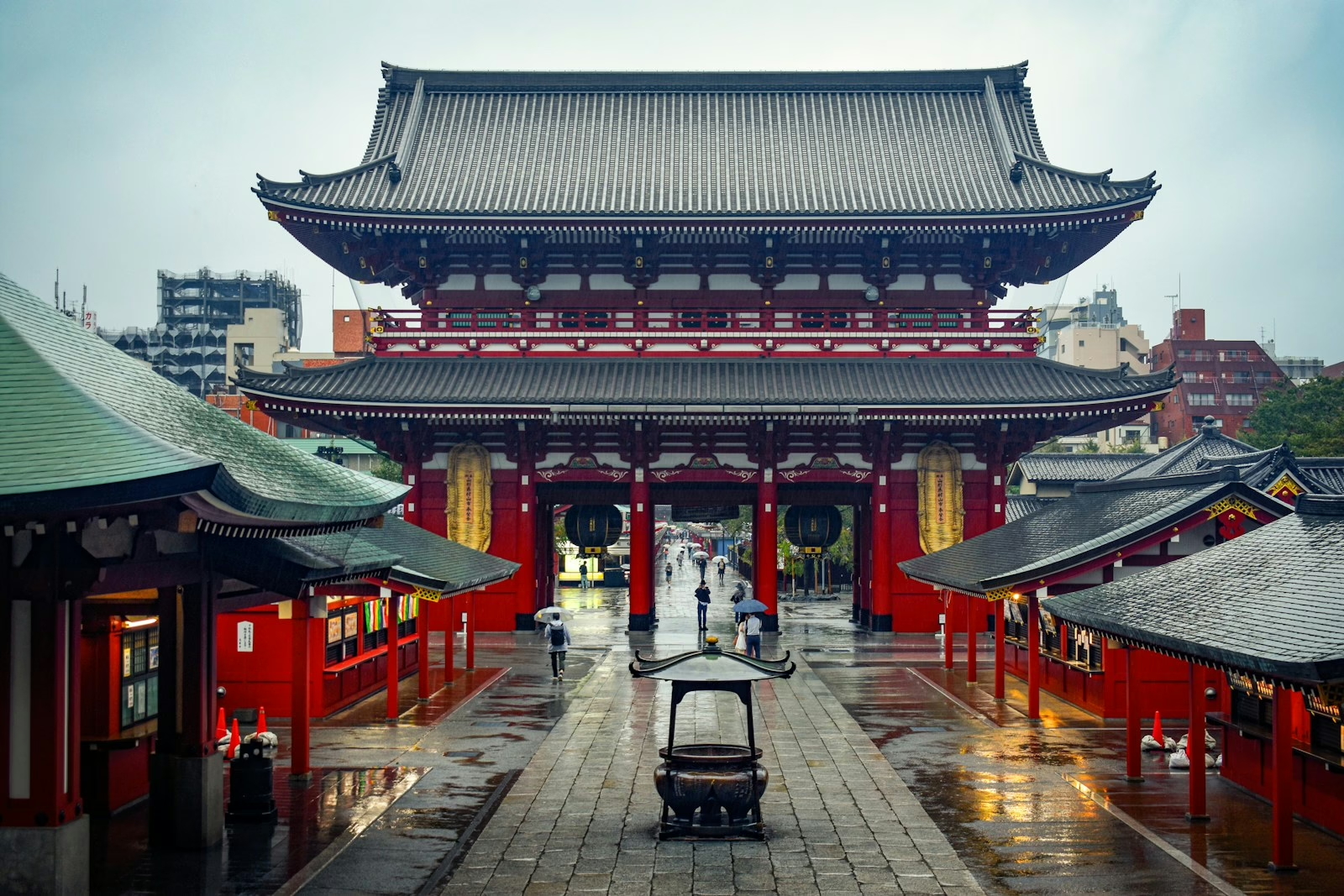
Take time to explore the smaller shrines and gardens within the Sensō-ji complex.
The Bentendo Hall on a small island in a pond to the north of the main hall offers a quiet moment away from the crowds.
The Asakusa Shrine, located to the right of the main hall, is also worth visiting for its historical significance.
Don’t miss the large incense burner in the temple courtyard. Many visitors wave the smoke toward themselves, as it’s believed to have healing properties—a small but meaningful ritual that connects you to centuries of tradition.
Experiencing Sensō-ji Thoughtfully
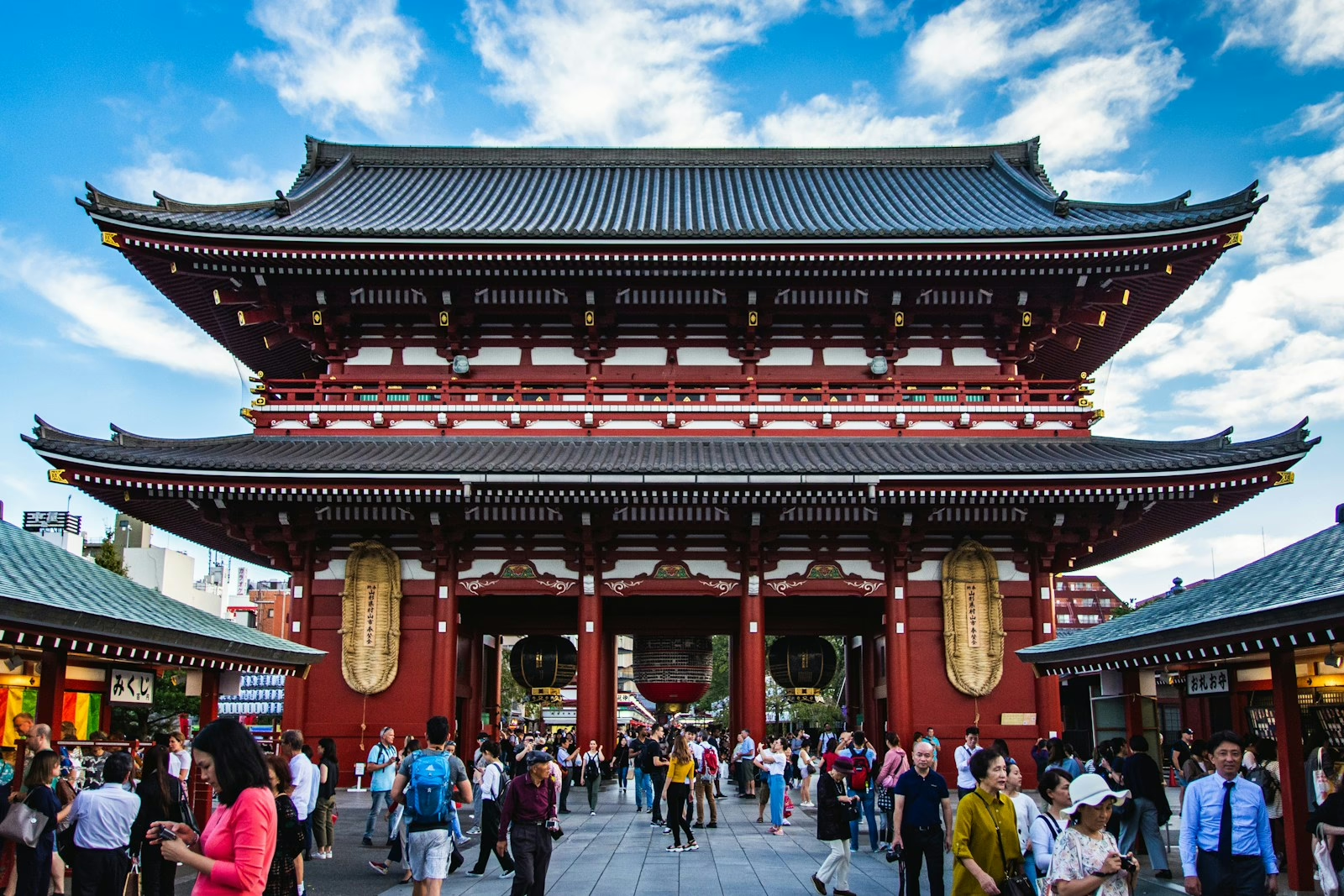
While Sensō-ji ranks among Tokyo’s most popular attractions, thoughtful timing can help you connect more deeply with this sacred place.
The temple’s round-the-clock accessibility gives visitors flexibility that few other major attractions offer. We’ve found that the quality of your experience can vary dramatically depending on when you choose to visit.
Taking advantage of the temple’s 24-hour grounds access allows you to experience Sensō-ji in a way that matches your personal travel style and spiritual interests.
Morning Magic
For a more contemplative experience, visit Sensō-ji early in the morning before the crowds arrive.
The golden light of dawn on the ancient structures creates a peaceful atmosphere perfect for reflection.
Evening Tranquility
Similarly, evenings at Sensō-ji offer a different kind of magic.
After the day visitors leave, the illuminated buildings against the night sky create a dramatic setting that reveals another face of this versatile landmark.
Attraction Types
Related Tours
Powered by
Related Tours
Powered by
Related Tours
Powered by
Things to Know
- Wheelchair accessible entrance
- Onsite services
- On-site parking
- Wheelchair accessible parking lot
Our Notes & Verdicts
Our Rating: 4.7
We give Sensō-ji a stellar 4.7 out of 5 stars. Our team was moved by how this ancient temple maintains its spiritual significance while welcoming millions of visitors each year.
The balance of accessibility and authenticity is remarkable—you can feel the weight of history here without it being turned into a mere tourist attraction.
The 24-hour access to the grounds means you can experience this sacred place on your own terms, whether in the bustling energy of midday or the quiet reflection of early morning. Sensō-ji isn’t just a stop on your Tokyo itinerary; it’s an experience that connects you to the city’s soul.
🏨 Related Accommodations
-
Asakusa View Hotel
3-17-1 Nishiasakusa, Tokyo 111-8765, Japan
Not sure which hotel to select? Try these hotel search engines below
🍽️ Related Restaurants
Operating Hours
Location
Nearest Train Station(s)
Asakusa Station
Nearest Bus Stop(s)
Asakusa Station
Tokyo Trip Add-Ons
Equip yourself for the ultimate Tokyo adventure with the following add-ons, curated just for you.
Frequently Asked Questions (FAQs)
Entry to Sensō-ji is entirely free, a fact that delights both the casual wanderer and the devoted pilgrim.
There is no admission fee required to pass beneath the imposing Kaminarimon gate or to trace the incense-laden path toward the main hall, where the air hums with centuries of whispered prayers and hope.
While visitors are welcome to make a donation or purchase a charm or fortune slip, the temple’s embrace remains open to all, regardless of means-a testament to its enduring role as a sanctuary for the people, not just the privileged few.
Sensō-ji stands as the oldest temple in Tokyo, its origins stretching back to the year 628 AD, when legend tells of two fishermen drawing a statue of the bodhisattva Kannon from the Sumida River.
The temple was formally established in 645 AD, making it not only the city’s most ancient religious site but also a living chronicle of Tokyo’s transformation from a humble village to a sprawling metropolis.
Through fires, earthquakes, and the ravages of war, Sensō-ji has endured, rebuilt and revered, its resilience mirroring the spirit of the city itself.
Visiting Sensō-ji does not require any payment; the temple remains free to enter, day or night, with its grounds open around the clock.
However, for those seeking a tangible memento or a brush with tradition, small fees apply for optional experiences: a paper fortune (omikuji) costs about 100 yen, protective amulets are available for purchase, and a goshuin (a calligraphic temple seal) can be obtained for around 500 yen.
These modest costs, entirely voluntary, allow visitors to participate more deeply in the temple’s rituals, yet the heart of Sensō-ji remains accessible to all, regardless of budget.
The time required to explore Sensō-ji is as elastic as the curiosity of its visitors. For some, a brisk walk from the Thunder Gate to the main hall might take as little as ten minutes, a fleeting encounter with history and devotion.
Yet, to truly absorb the temple’s atmosphere-the vibrant Nakamise shopping street, the intricate architecture, the gentle clatter of fortunes being shaken-most travelers find that one to two hours is ideal.
Early mornings or evenings, when the temple glows softly under lantern light and the crowds thin, invite lingering reflection. In this space, time seems to stretch, inviting questions about the nature of faith, memory, and the enduring beauty of shared tradition.
Disclaimer
While we at Tokyo Trip Guide do our best to show you accurate prices, we just can't promise they'll stay the same. Here's why: since we're not actually selling anything ourselves - we work with partner companies who set their own prices - we can't control what deals they offer. That's why it's best to check directly with our suggested deal providers to see their latest prices for attraction tickets.
Just so you know, if you end up buying something from the providers we list here, we might get a small commission. We'd be really happy if you used our recommended links to make your bookings!

